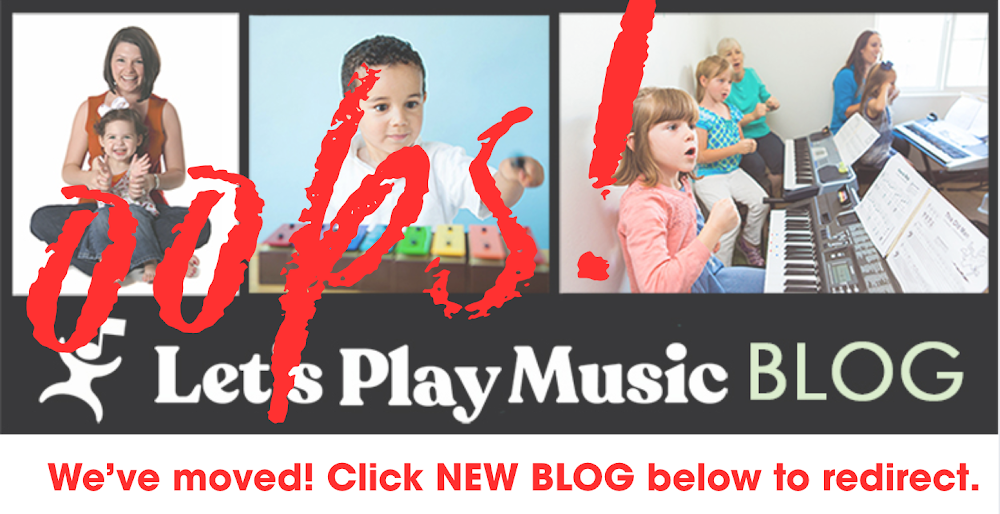The minimum requirements for your Let's Play Music experience are:
- The piano or keyboard must have full-sized keys. Your child will build muscle-memory reaching the exact distance between 2, 3, 4 or more keys - those distances are exact.
- The piano or keyboard must have at least 5 octaves (61 keys). Your child will have enough range to play everything in the LPM curriculum.
- Since keyboards don't need tuning, you probably won't run into a "bad" used one, but it is a good idea to download a free pitch pipe for your smartphone and check that the keyboard is tuned.
- The 'master tune frequency' should be at 440 Hz. On some keyboards this can be changed and make your keyboard seem out of tune. Some keyboards also have transpose functions or pitch bender wheels or joysticks- if these get damaged, your keyboard will be out of tune.
- Although rare, a faulty cable could change the power delivered (and resulting sound) resulting in an out-of-tune keyboard.
- In our classes we rarely use the myriad of fun programmable functions, except in 3rd year when playing ensemble pieces like "Song of Joy". So choose a keyboard that makes you happy.
Keep in mind, however, that a better piano is more likely to be exciting for your child to play, and you may want to start with something better, or upgrade after the Green or Yellow semester. Most families choose an upright for their first acoustic piano and only upgrade to a grand piano years later if the need arises.
The largest of the uprights is the studio piano, which is 44 inches or taller. Slightly shorter uprights, 39 to 42 inches tall, are referred to as consoles. Spinets, 36-37 inches high, do not have great sound and have an inferior action configuration to consoles and studios.
- Make a point of visiting reputable showrooms to play some low, medium, and high chords and scales on various pianos- notice the different tone (mellow, bright, loud, soft) produced by each piano. Tonal preference is very subjective and your opinion and budget matter more than the expert's when making a choice.
- Also take notice of the touch (the movement and resistance as you press down) of the keys on various models. This will be dramatically different from the electric keyboards. Find a touch that is pleasing.
- Once you've narrowed it down to 2-3 choices, be sure to have your child test drive the pianos and help you choose which one is exciting to him. You're in this together! If he is already in Green or Yellow semester, he can play several songs on each piano to get a feel for them.
- Buy a used piano from a dealer if possible (reconditioned, with a warranty)
- If buying from a private seller, coordinate to have a piano tech guide you and check for problems (just as you would have a used car checked by a mechanic!)
- Beware of: single keys that are out of tune, single keys that seem to be playing 2 notes, buzzing or rattling sounds, plastic components, or deep grooves in the hammers.
- Beware of "free" or extremely cheap pianos- they likely have serious problems that would be expensive to repair in order to provide an enjoyable and quality instrument.
- Sample the digital piano both with and without headphones on to see how it sounds each way. The option of playing with headphones can be a very attractive bonus!
- Test the touch of the keys - do they feel like an acoustic piano? Is the sound sensitive to how hard or fast you strike the key? After striking a key, does the sound reverberate for a few moments (like a piano) or stop immediately (like an electric keyboard)?
- Play a glissando. How many notes can play simultaneously, and do you notice notes dropping?
- Does the sustain pedal have differing levels of sensitivity or is it just on/off?
-Gina Weibel, MS
Let's Play Music Teacher





No comments:
Post a Comment